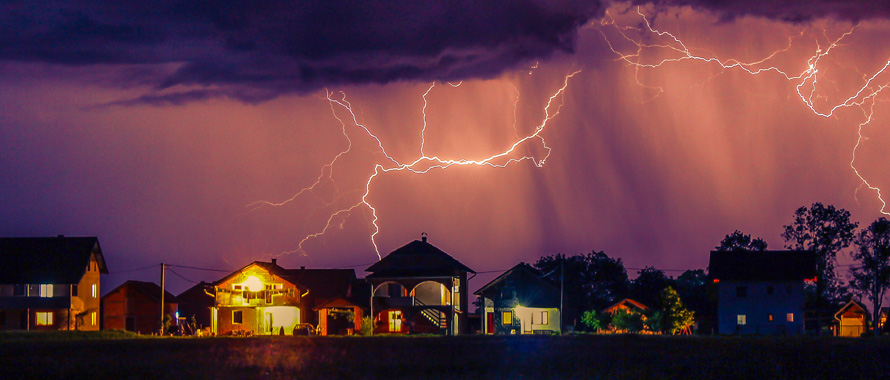Understanding Exclusions and Deductibles Before an Event & Reacting Quickly in its Aftermath
Many insureds believe that the only interaction they require with their broker or agent is at the time they purchase a policy. But according to Melanie Elias, Corporate Vice President, and Director, Claims at Minuteman Adjusters, a leading third-party claims administrator says, the opposite is true. She notes that brokers and agents–the ones who truly serve as proactive risk managers for their clients–understand that constant communication is required.
While it has been a quiet catastrophe and hurricane season…nearly 50 percent of the claims Minuteman Adjusters received this year are wind/hail related.
These brokers and agents obtain appropriate coverage for their clients, help the insured fully comprehend their policy, recognize what is required when a loss occurs and assist them through the claim process.
How much is my deductible?
It is a simple question with a complicated answer. Insureds are often surprised to learn their deductibles for weather-related claims can vary dramatically. In some states, there is a “Named-Storm” deductible that is triggered if the loss is due to a storm that has been officially “named” by the National Weather Service.
Other policies may include a “percentage-based” wind/hail deductible, which is calculated based on a percentage of the total insured value of the covered property. The insurance broker should make certain that the insured understands that storm deductibles, as defined by the policy, are different than the All Other Perils deductible that is usually a flat amount.
While it has been a quiet catastrophe and hurricane season, Elias notes that nearly 50 percent of the claims Minuteman Adjusters received this year are wind/hail related. That statistic only further emphasizes the importance for brokers and agents to review these differences in deductibles so there are no surprises after a weather event occurs.
What is excluded?
Policy coverage is subject to the terms, conditions, limitations and exclusions contained in the policy forms with various endorsements that may have amended the policy provisions. These terms and conditions ultimately control coverage for a loss.
For example, a Vacancy Endorsement may be attached to a property that is vacant or unoccupied during the period of insurance. This endorsement may require that the property must be fully secured against unauthorized entry, inspected regularly during the policy period, and be kept clear of debris within and around the building. It may also warrant that the property remain vacant or unoccupied for the duration of the policy.
However, if there is a change in the occupancy status of the building, such as a tenant moving in, the insured should immediately notify their insurance broker so the appropriate coverage for a tenant-occupied building can be obtained. If a loss were to occur while the “vacant” building was occupied, the Vacancy Endorsement may preclude coverage for the loss.
Elias also notes that some insureds do not regularly communicate with their broker regarding changes in the risk. For example, an insured may add a storage shed to the property (“Other Structure”) but fail to notify the broker. If there was no coverage in place for “Other Structure” when the policy was issued, should a loss occur to the other structure there would be no coverage afforded for its replacement.
What is the first move after a loss occurs?
Elias advises that the insured should immediately notify their broker and/or the carrier should a loss occur.
She recalls that many insureds are nervous about touching anything because they want to avoid further damage. However, the policy stipulates that it is the duty of the insured to protect the property from further damage and mitigate the loss.
For example, if a pipe bursts, the insured should turn off the water to prevent ongoing damage, if it is safe to do so. Another example would be roof damage that results in interior leaking/water damage. To prevent further interior water damage, the insured should arrange for an emergency tarp to be applied to the roof, thereby mitigating the damage.
Elias recommends that the insured take photos of the damaged property and gather documentation to support the claim as soon as possible. It is critical to provide the insurance adjuster with as much information as possible on the loss that occurred. Elias also recommends that the insured wait until the independent adjuster’s damage inspection is completed prior to discarding any items. The independent adjuster will then provide instruction as to how the insured should move forward with the claim.




